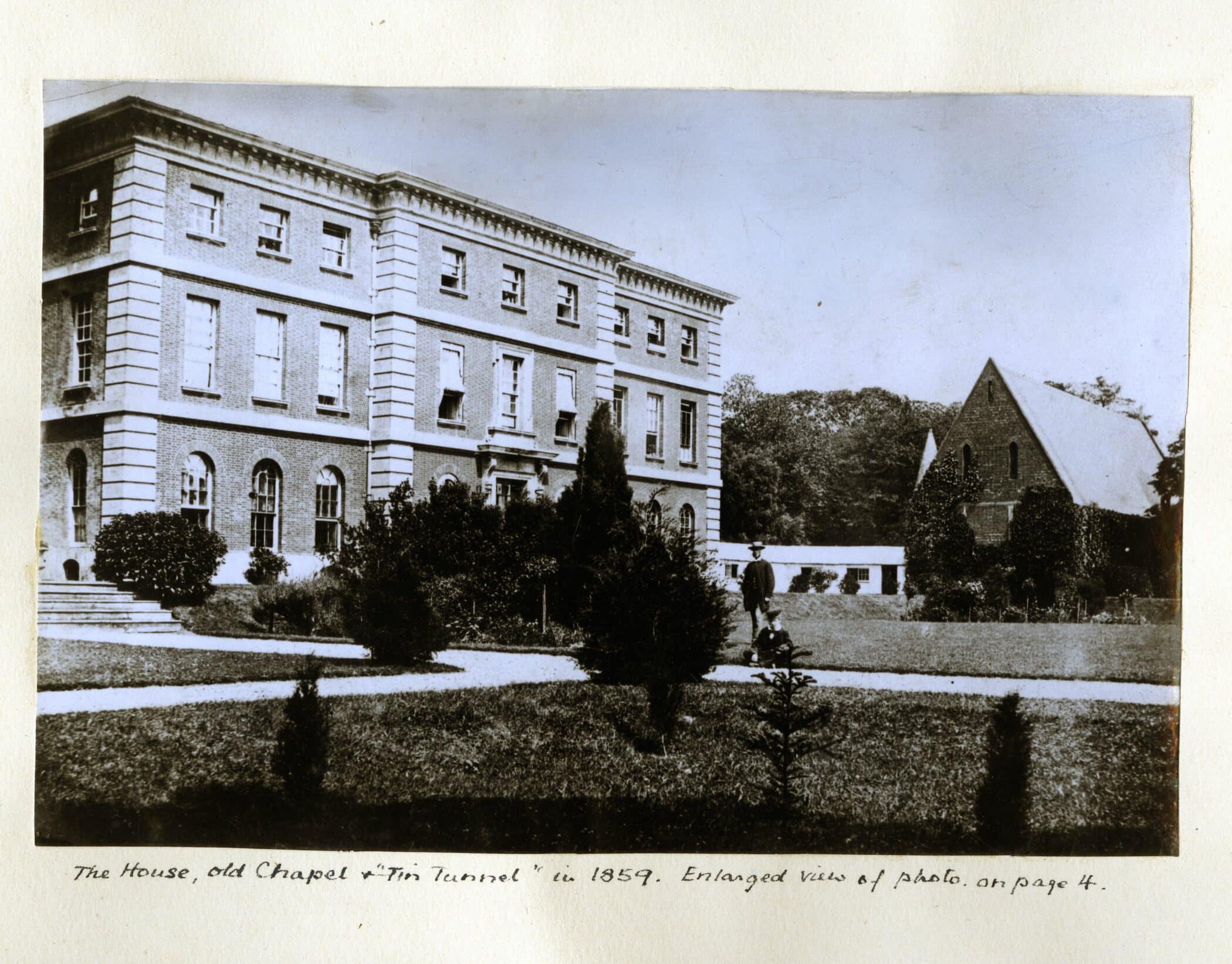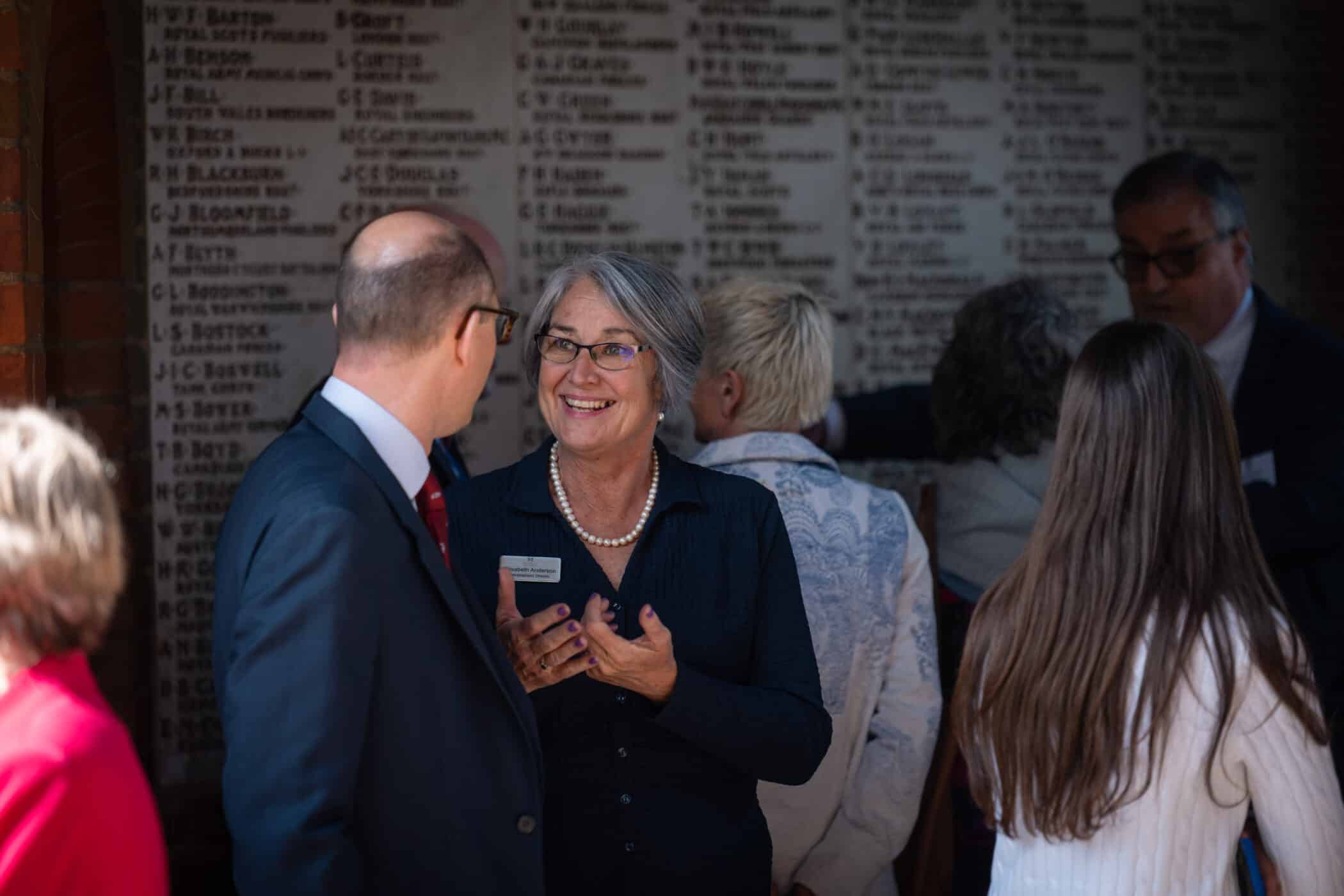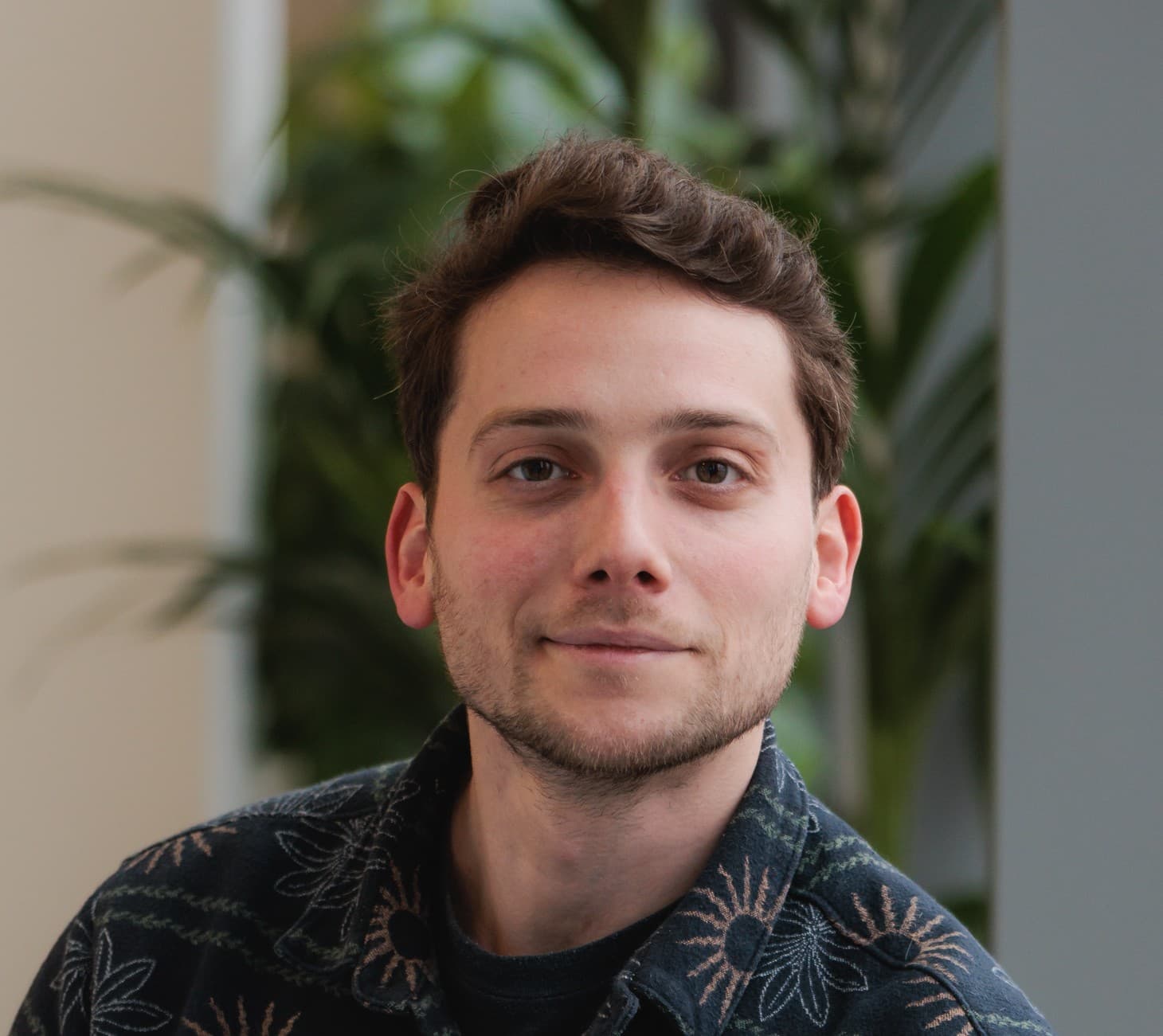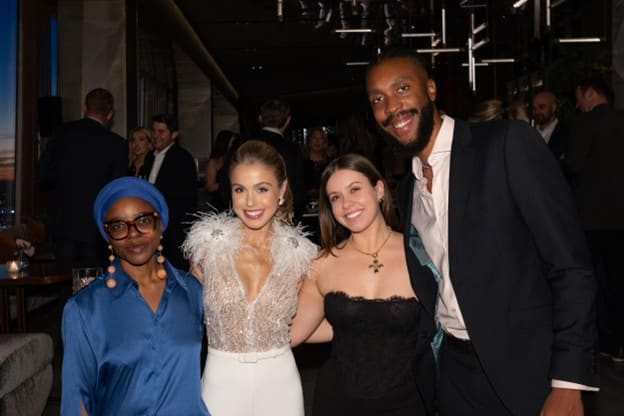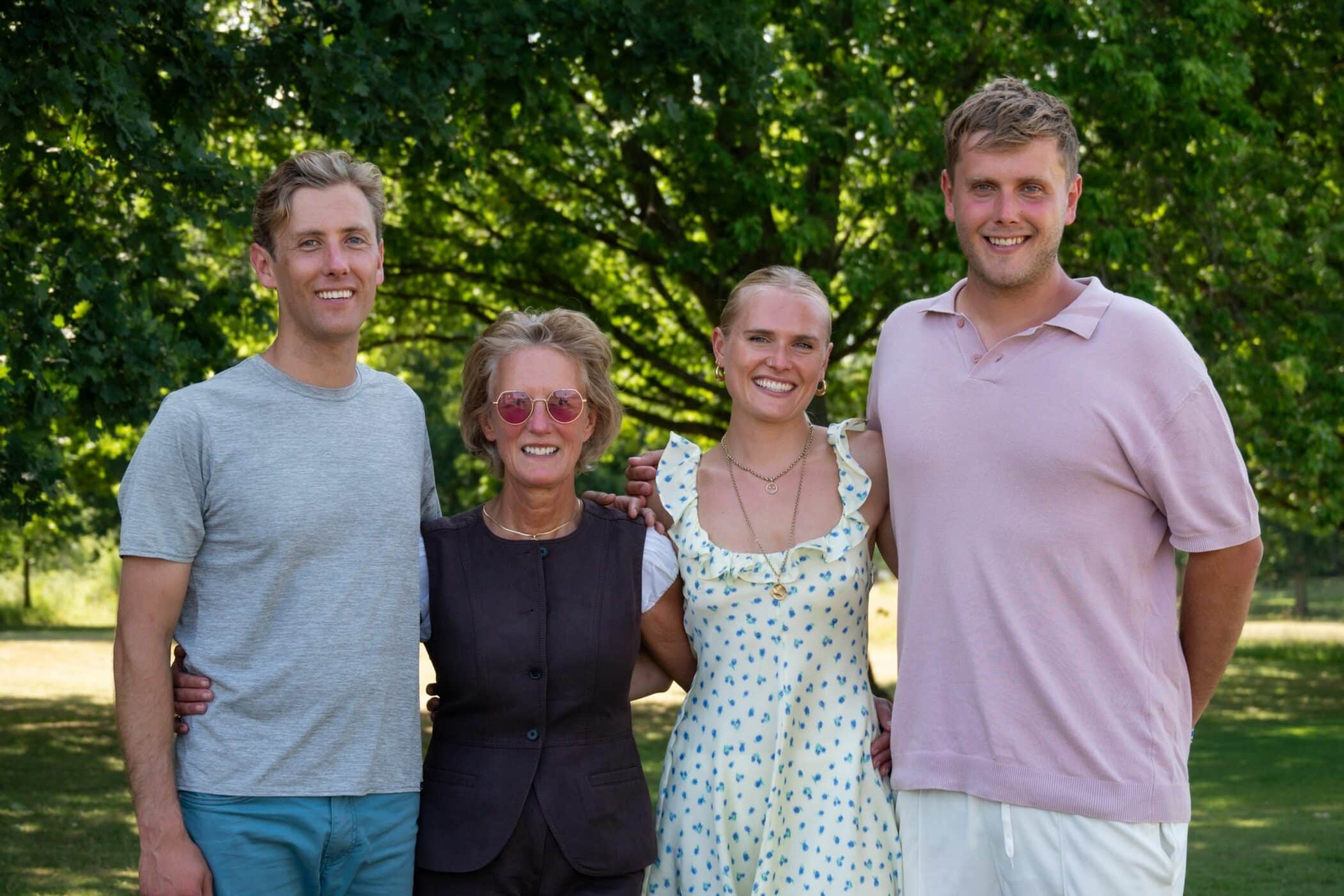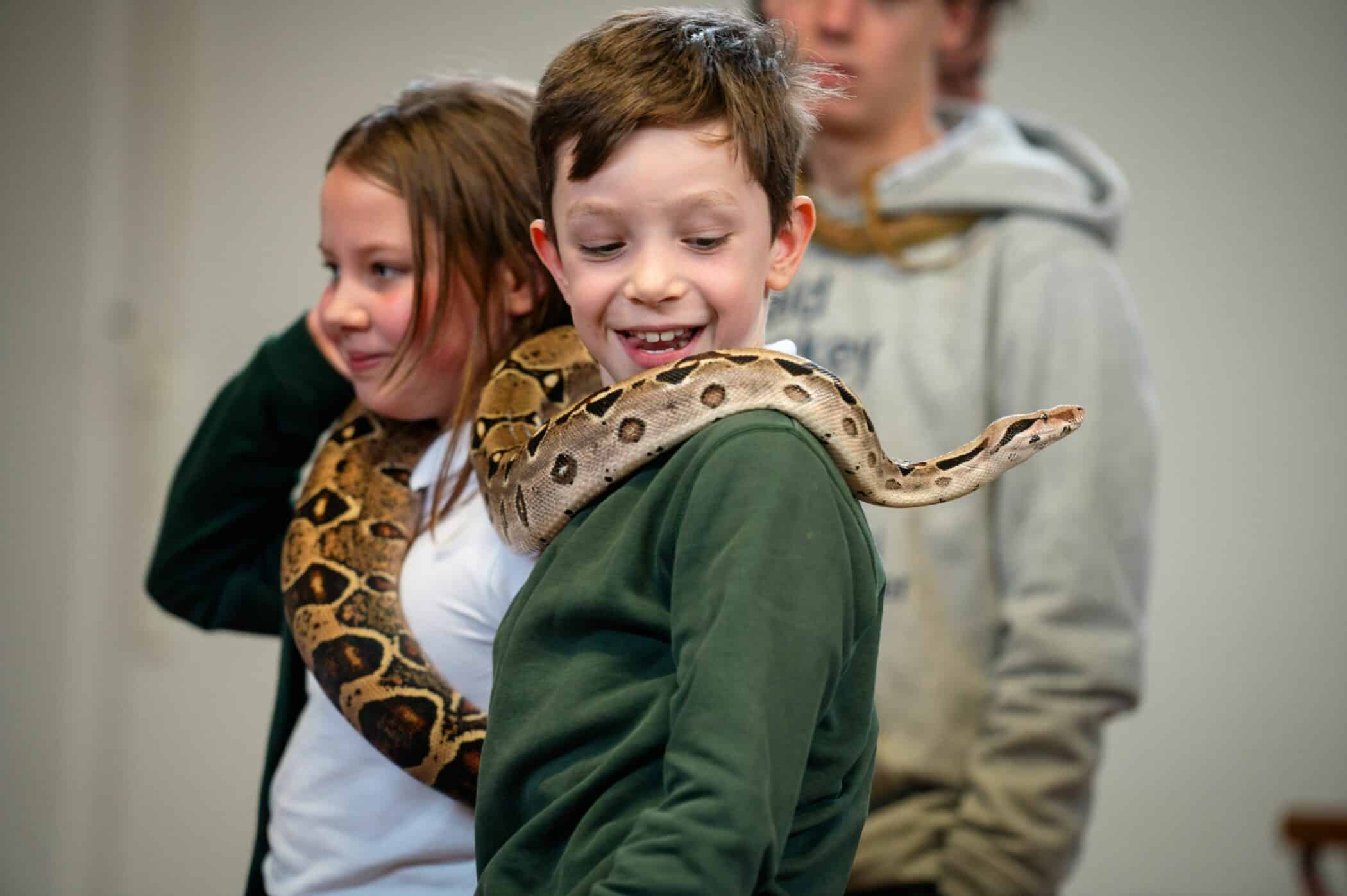When Radley’s founders met in Oxford in March 1847, they knew that they would be reliant on the generosity of friends to finance their new school. Immediately, Sewell started writing to supporters.
The first cheque came on 4th April 1847:

‘A letter from Captain Beaufort, inclosing a cheque for £20, a proof of the sincerity of the hearty good wishes, which accompanied it. This being our first visible, tangible, property, I begged leave to set my eyes on it … The first watch that a boy gets engages the attention of hands, eyes & ears, to the long exclusion of graver thoughts; the tick under the pillow seriously contests the mastery with sleep itself.’ – Warden Singleton’s Diary
However, despite the shortage of money, they were determined that every tenth boy would be educated for free. The first two ‘Decimals’ were elected in May 1848. Alas, within ten years the school faced bankruptcy. Parent John Hubbard intervened as trustee: by 1860, he had saved Radley from complete collapse. The Decimal system was a casualty but remained a dream of Radley College. When Sewell died in 1874, the school voted to create the competitive Sewell Scholarship as his memorial. This ensured that for the first time since the Decimals an able boy could be funded throughout his time at Radley. The first recipient was Geoffrey Malleson (1876, C). He became Senior Prefect in 1879. In 1942, Warden John Vaughan Wilkes revived the dream, in collaboration with Berkshire County Council: fourteen boys were given assisted places between 1942-1947. It is now a core part of the Foundation’s mission.
Donors have always given individual items to the school, such as Mrs Merry who gave an embroidered altarcloth of her own work, but the first fully gifted building was the indoor Winchester Fives court, funded by subscription from ORs and current boys in 1876. It is still in use today. Another gift for a sport was the WH Vestey Rackets Fund established by Lady Vestey in 1954 ‘for the benefit of rackets and to assist boys who might not otherwise afford the game’. William Vestey (1925, D) won the Public School Rackets Pairs Championship with Paul van der Gucht (1925, B) in 1930. This was the first time any Radleians won a national title in any sport.
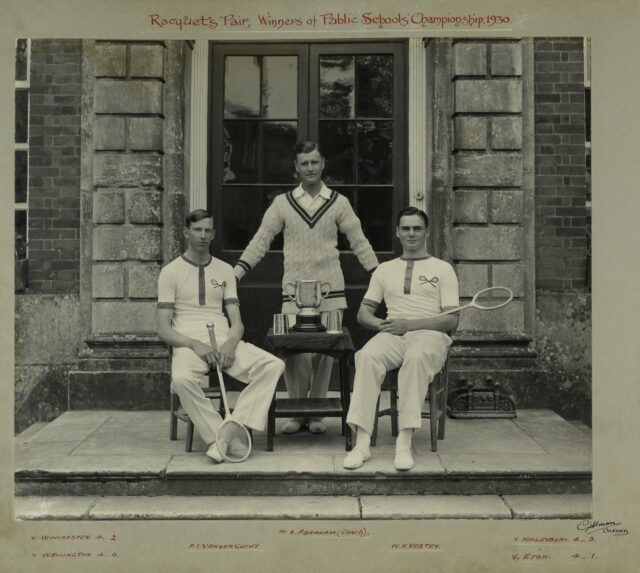
There have also been numerous gifts and bequests for specific academic subjects or activities. Music is probably one of the greatest beneficiaries, beginning with the Otway Scholarship founded in 1948 from the bequest by Rev Edward Otway Whitby, now the primary Entrance Scholarship for Music ‘to be used to benefit boys whose pecuniary circumstances would not otherwise permit their entering Radley’. In 1989, piano teacher Miss Rhona Parkinson, Radley’s longest-serving teacher to date, left the residue of her estate for the use of the Music School especially ‘for the enjoyment and appreciation of music.’ Her gift is responsible for the fine collection of pianos we now have.
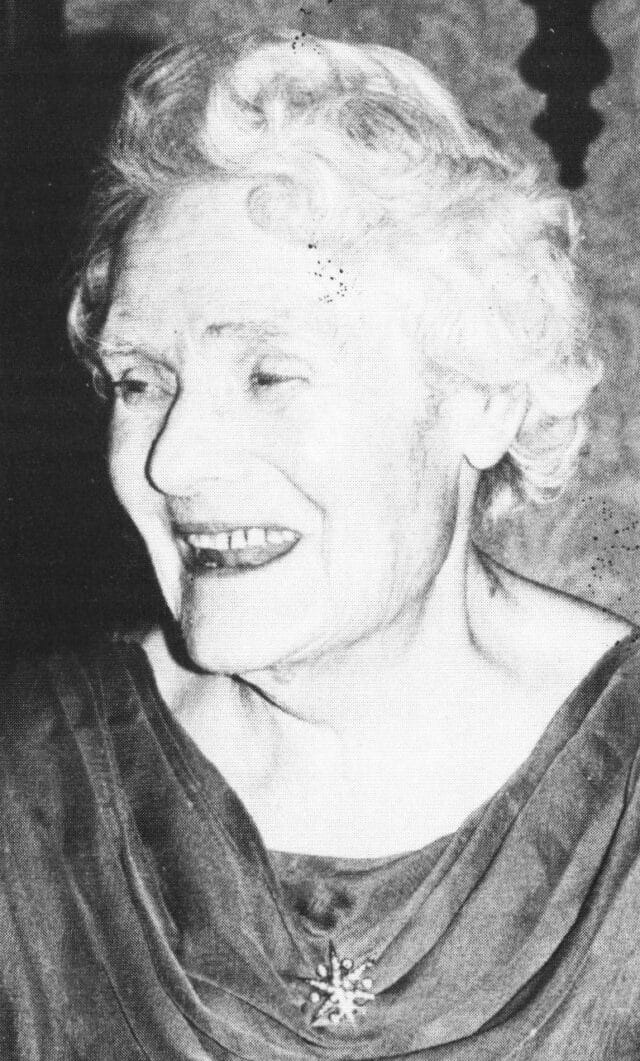
In 1889, the College bought the freehold of the site of Radley Hall. It embarked on a building programme with plans to increase the number of boys over the next three decades. All these plans came to a halt in 1914 and again in 1939. As the wars progressed, it was the impact on families which was the greatest concern. This led to the War Memorial Scholarship Funds. In 1998, the Radford Athletics Track opened funded by a bequest from Walter Radford (1917, C), in thanks for the Radleian Society’s care for OR prisoners of war in WW2.
The support of the Society to PoWs was masterminded by don Vyvyan Hope. His contribution to Radley fund-raising cannot be over-estimated. In 1930, at the height of the Great Depression, he persuaded Old Radleians to raise funds to buy surrounding farmland to protect the environment of Radley. The green surroundings we have now, the development of the Countryside Centre, and our plans for a sustainable infrastructure, can all be traced back to his forethought and energy. In 1972, when part of Peachcroft Farm was sold for housing it established a secure endowment fund for the first time in the school’s history. In 2022, further sales of this land were used to fund the Foundation scholarships.
The 1960s and 1970s were over-shadowed by rapidly rising inflation and concerns about increasing divisions within society. In 1969, don and C Social Tutor, JVP Thompson (‘Tonks’) established the Thomson Scholarships ‘to support boys from families who would find it too difficult to fully fund a Radley career but whose sons did not win entrance scholarships’. In the same year, ORs, boys and the community jointly contributed to the Radley Youth & Social Services Trust, a descendant of the 80+ years of support they had given to the work of St Peter’s, London Docks and the Radley Mission. Money from the Trust was to be used in ‘educating pupils of Radley College in the duties of Social Services’ – a forerunner of today’s Partnerships.
In the 1970s the school set out to raise funds for building projects for the first time since the 1880s. Dennis and Diana Silk and Tony Money toured the country visiting groups of ORs and hosted dinners of coronation chicken made by the kitchens. The Sewell Art Centre was opened in 1979 as the result of their efforts. In 1991, the Dennis Silk Trust Fund was created by the Council in recognition of his outstanding service as Warden. Dennis requested this as his leaving gift, in thanks for his own Scholarship to Christ’s Hospital. Awards are made to boys who could not otherwise come to Radley. It was re-visited by the Foundation in the 2010s as they traced this Silken Thread.
– Clare Sargent, College Archivist


